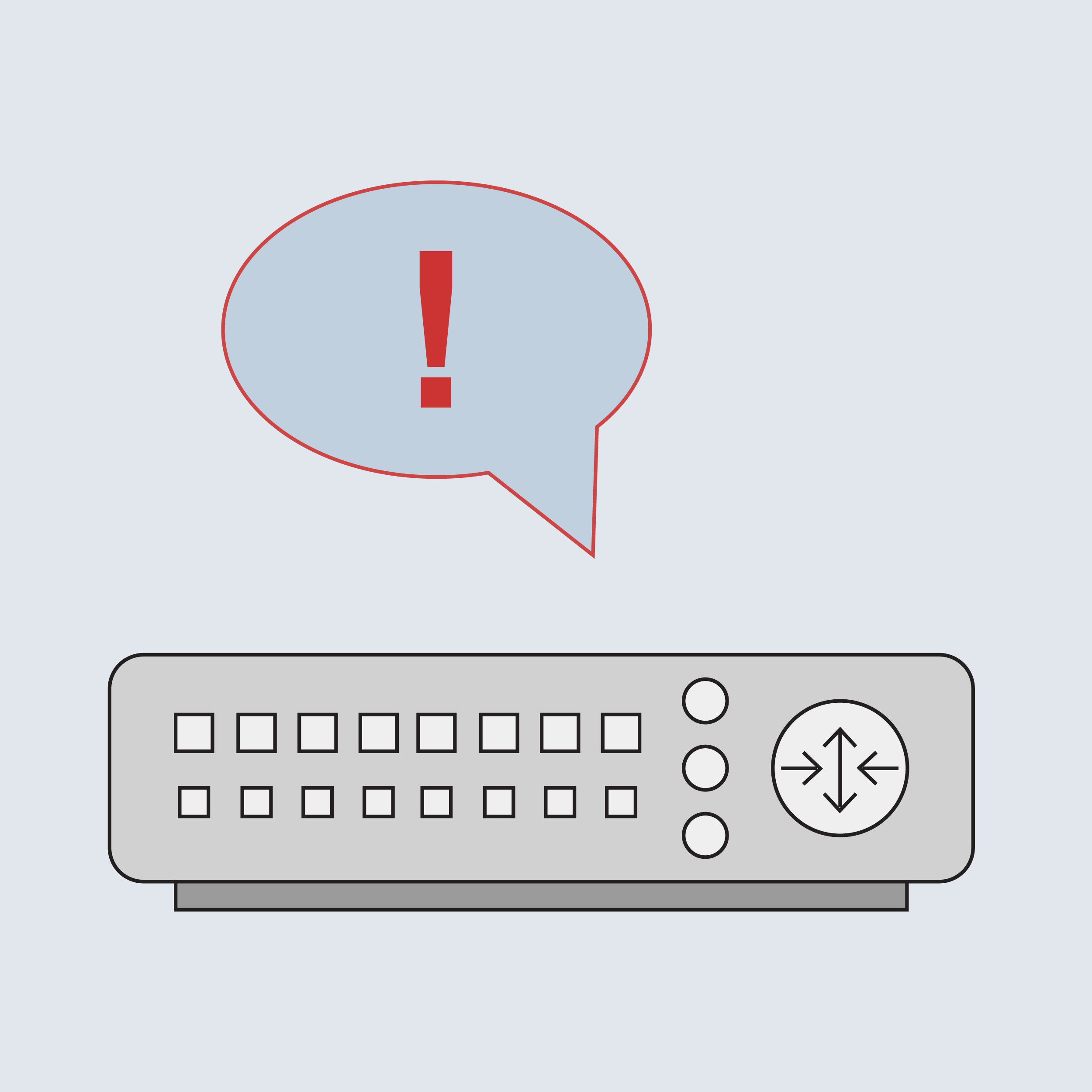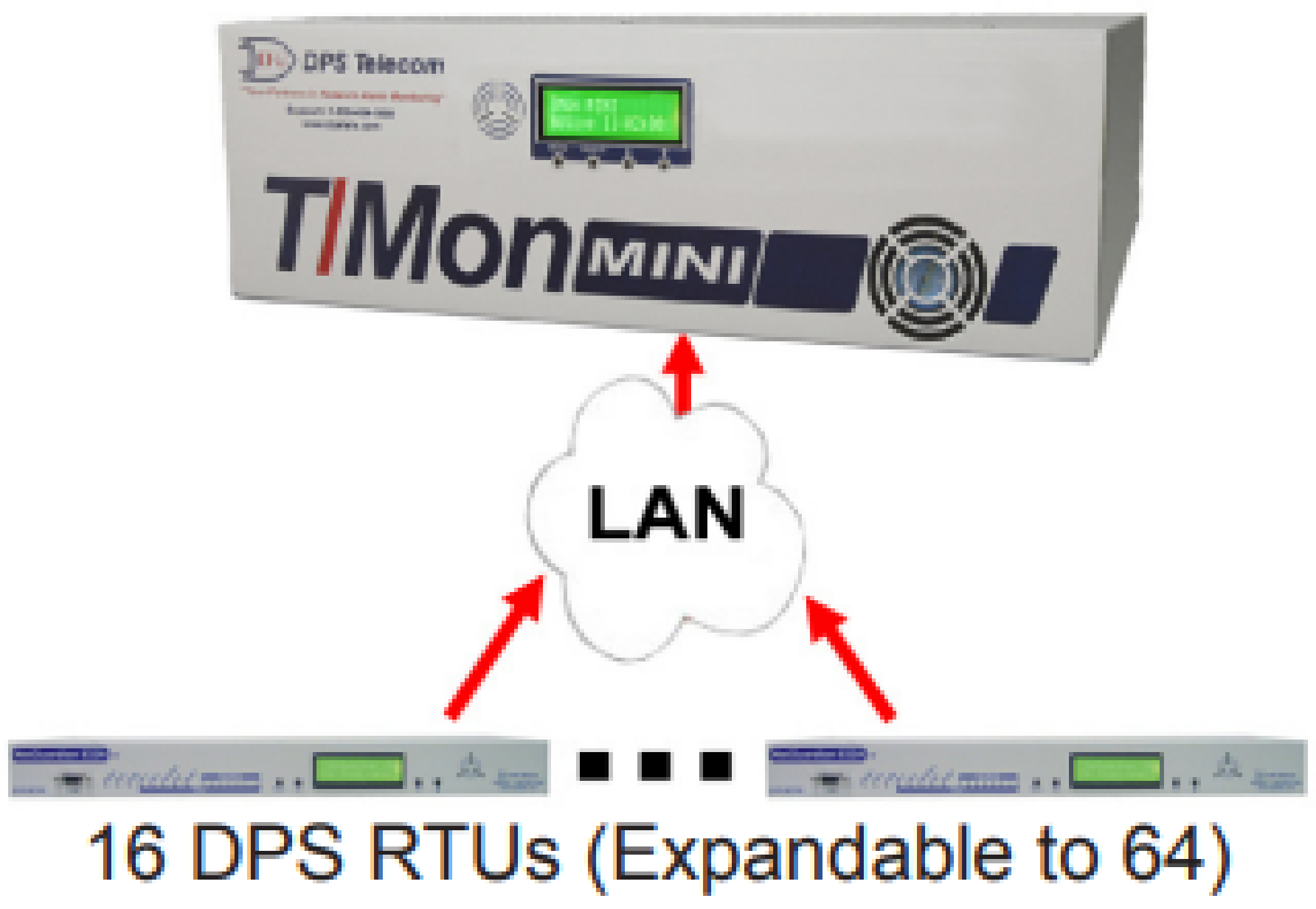Check out our White Paper Series!
A complete library of helpful advice and survival guides for every aspect of system monitoring and control.
1-800-693-0351
Have a specific question? Ask our team of expert engineers and get a specific answer!
Sign up for the next DPS Factory Training!

Whether you're new to our equipment or you've used it for years, DPS factory training is the best way to get more from your monitoring.
Reserve Your Seat Today"Dying gasps" (also called "last gasps") can't be ignored. They are the last thing you may see before a single device or an entire site goes dark. A client recently chatted on our website with Jared, a DPS engineer. He wanted to know about collecting SNMP traps for dying gasps. This conversation sheds light on:
Here's the detailed conversation between the two:

Client: Hello, I need sales assistance.
Jared: Hey, how can I help?
Client: I've been tasked with finding a way to collect SNMP traps for Dying Gasps from a Dasan Zhone GPON install. They are looking for an alarm panel of sorts that will show active ONUs that sent dying gasps and never came back online. DZS has told us that their management system does not scale well to handle this. Does DPS have a product offering that would help keep track of this?
Jared: Let me absorb this... one sec.
Client: The documentation allows us to set an SNMP trap host to send dying gasps alerts to, and when the dying gasps clears, it sends a clear message for SNMP trap.
Jared: Okay. If that's the case, then yes. How many devices send dying gasps?
Client: We have about 10,000 endpoints across a few GPON FttH chassis for residential fiber to the home. The GPON OLT chassis is what will send the trap though, once it receives it from the endpoint.
Jared: Alright. Just one GPON OLT?
Client: At the moment I think we have 12 OLTs.
Jared: I think we would accomplish this with our Auto SNMP device module on our T/Mon Master Station. Since there's such a large amount of traps for different things.
Client: Ok. Only because I know my company, could you ballpark a dollar range that we would be looking at for at least initial? I'm trying to find something better than just running a syslog server and then parsing a logfile via scripts. And I know pricing is subject to change!
Jared: I would say in the $10,000 - $20,000 range. This device has a ton more capabilities than what you would be using it for. So there's a lot of room to use it for monitoring other things. I imagine you guys have shelters/huts/cabinets around?
Client: Correct. We do have a few of those. But currently most of the equipment is traditional IP equipment being monitored by SolarWinds. They are running BARD HVAC units with alarm panels that were not as easy to play with but we ended up pushing that through a RoomAlert device. I would be interested in seeing more though. I could have one of our guys start looking over your website and I can have him reach out next week to set up a discussion or presentation perhaps?
Jared: Yeah, that sounds good. Let me point you to a datasheet really quick.
Client: Thank you!
Jared: This is the alarm master www.dpstele.com/pdfs/prod_sums/ps-tminx.pdf
Client: Awesome! Either myself or my colleague will reach out early next week and click the schedule button on your website and hopefully we will have the best questions we can ask by then.
Jared: And we will have something decent to explain the auto-SNMP module during our demo/presentation.
Client: I appreciate your time. I just forwarded this pdf to a coworker and we'll look over it and get in touch early next week :)
Jared: Sounds good. Thanks!
The client, a network engineer, outlined his primary challenge here:
"I've been tasked with finding a way to collect SNMP traps for dying gasps from a Dasan Zhone GPON install. They are looking for an alarm panel of sorts that will show active ONUs that sent dying gasps and never came back online. DZS has told us that their management system does not scale well to handle this."
Dying gasps are critical alerts indicating that an Optical Network Unit (ONU) has lost power. In large-scale GPON deployments, monitoring these alerts efficiently is crucial to maintain network reliability.
However, you must have an SNMP manager to receive incoming SNMP traps of any kind. This leads to potential network management issues if you can "catch" dying gasps as they arrive.
The limitations of existing solutions were highlighted by the client's description of their current setup:
"We have about 10,000 endpoints across a few GPON FttH chassis for residential fiber to the home. The GPON OLT chassis is what will send the trap though, once it receives it from the endpoint."
Managing thousands of endpoints with small-scale SNMP managers can lead (unsurprisingly) to scalability issues.
The client also mentioned that the system is relying on syslog servers and parsing log files via scripts. This stopgap measure lacks the strength and scalability needed for large-scale deployments. SNMP implementations can be effective and elegant once you set them up.
The client needed a monitoring system that cleanly handles thousands of potential SNMP traps (although, hopefully, only a few at a time). The system must provide clear, actionable alerts without overloading the network operations center (NOC). This system would ideally:

Jared proposed a solution that leverages the DPS Telecom T/Mon Master Station with the Auto-SNMP Device Module:
"I think we would accomplish this with our Auto SNMP device module on our T/Mon Master Station. Since there's such a large amount of traps for different things."
The T/Mon Master Station, equipped with the Auto SNMP Device Module, offers a scalable, reliable solution for monitoring SNMP traps. Key benefits include:
The T/Mon Master Station is a multiprotocol, multifunction network alarm manager designed as a single-platform solution for all alarm monitoring applications. Here are some specific capabilities that make it ideal for monitoring dying gasps in GPON installations:
One of the significant challenges in large-scale GPON deployments is the sheer volume of devices that need to be monitored. This prospective client mentioned they have about 10,000 endpoints across multiple GPON OLT chassis.
Traditional management systems often struggle to handle such a scale efficiently. This leads to gaps in monitoring and potential network failures.
Jared from DPS Telecom recommended the T/Mon Master Station for this very reason. The T/Mon system is designed to scale seamlessly. With its advanced alarm management, T/Mon makes sure that all dying gasps and other critical alerts are captured and addressed promptly.
Another key aspect of effective network monitoring is the ability to integrate with existing infrastructure. Our client noted that they are currently using traditional IP equipment monitored by SolarWinds. Transitioning to a new monitoring system can be daunting, especially if it requires significant changes to the existing setup.
The T/Mon Master Station addresses this concern by offering smooth integration with various network devices and systems. It supports a wide range of protocols, including SNMPv1, v2c, and v3. This maintains compatibility with current and legacy equipment. This flexibility allows network managers to enhance their monitoring capabilities without overhauling their entire infrastructure.
Effective network monitoring is not just about collecting data. It's about ensuring that the right information reaches the right people at the right time.
T/Mon can send detailed alerts and instructions to repair personnel. These detailed messages make sure there are timely responses to critical events (like dying gasps).
If you're facing network management challenges similar to the one above, call DPS to speak with an engineer. Let's set up an online meeting to discuss the problems you want to solve and create your customized solution diagram.
Call 1-800-693-0351 or email sales@dpstele.com now.

Andrew Erickson
Andrew Erickson is an Application Engineer at DPS Telecom, a manufacturer of semi-custom remote alarm monitoring systems based in Fresno, California. Andrew brings more than 19 years of experience building site monitoring solutions, developing intuitive user interfaces and documentation, and opt...